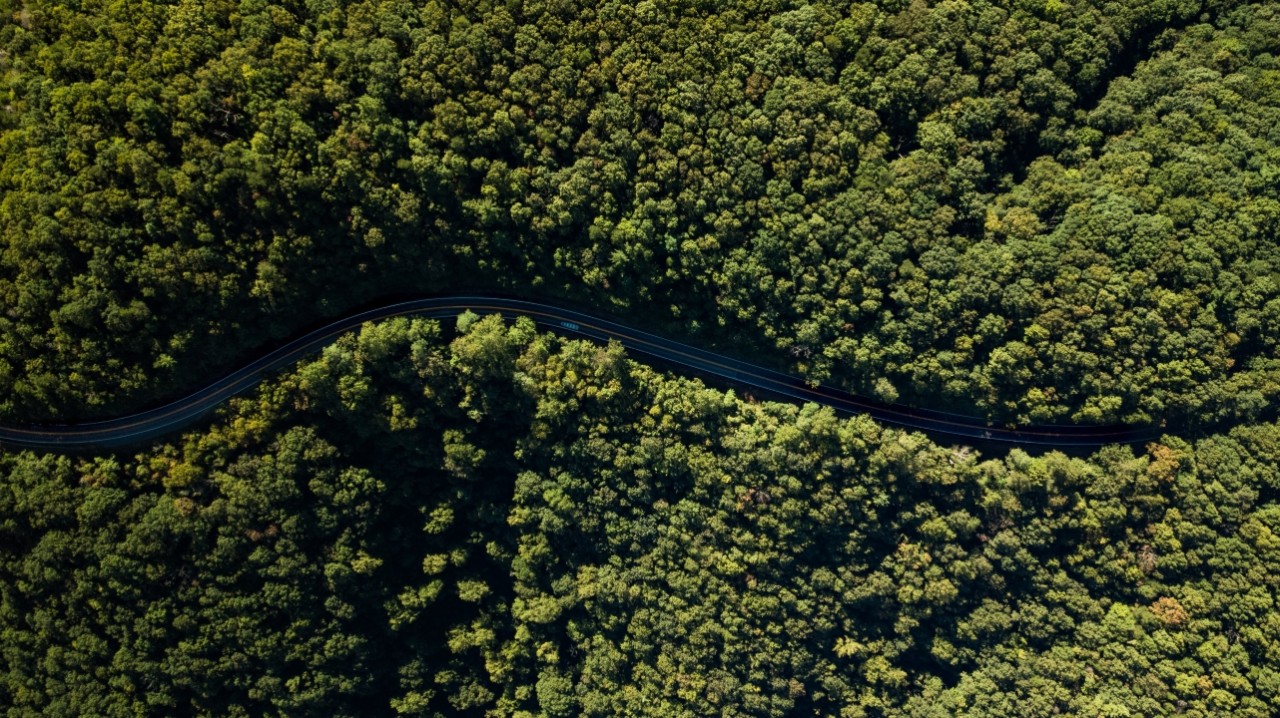The Southeast Asian (SEA) region has a critical role to play in global climate action and decarbonisation, but it is not on track to deliver its 2030 climate targets and the delivery of national plans remain uncertain. This report provides a comprehensive overview of the state of the Southeast Asia green economy, the key challenges and proposed mechanisms to accelerate climate progress in two crucial areas - energy and nature - on the road to delivering 2030 ambitions.
Southeast Asia's Green Economy 2023 Report: Cracking the Code
 While regional attention and commitments are on the rise, greater action is necessary to ensure the region achieves its goal of reducing emissions by approximately 33% by 2030.
While regional attention and commitments are on the rise, greater action is necessary to ensure the region achieves its goal of reducing emissions by approximately 33% by 2030.
Southeast Asia has a critical role to play in global climate as regional leaders seek to balance the competing tensions of economic growth, rising primary energy demand, a just transition, and climate action at scale. While regional attention and commitments are on the rise, greater action is necessary to ensure the region achieves its goal of reducing emissions by approximately 33% by 2030.
The past years have witnessed a significant rise in climate commitments. Four governments have strengthened their climate targets, and seven are now considering implementing carbon pricing mechanisms. Leading corporations in Southeast Asia are setting science-based targets and collaborating across value chains to pave the way for a future green economy. Furthermore, bilateral agreements and emerging infrastructure are establishing the initial foundations for globally and regionally aligned carbon markets, aiming to protect and restore the region's ecosystems.
However, despite the efforts of governments, corporations, and investors to reinforce their climate commitments, it has not been sufficient to keep Southeast Asia on track. Achieving its reduction targets will require over US$1.5 trillion in cumulative investment by 2030 versus the mere US$5.2 billion in green capital flows observed in 2022. Although investment commitments have increased, actual deployment of green capital has declined by 7% since 2021. Investors highlight multiple challenges, from high capital costs to constraints on market access, as well as insufficient investment returns and uncertainty about policy direction.
The region has abundant technical potential to scale renewable energy to better meet its rapidly growing energy demand, but this potential is not evenly distributed. Governments need to both accelerate development of local markets and upgrade grids and collaborate across Southeast Asia countries to connect power demand and investment in capacity. In tandem, Southeast Asia needs to expedite its efforts to make the protection and restoration of nature economically competitive with exploitation and use market-based measures to put a price on nature and its carbon potential.
This report provides a comprehensive overview of the state of the Southeast Asia green economy. It delves into the key challenges and proposes mechanisms to accelerate climate progress in two crucial areas on the road to delivering 2030 ambitions: energy and nature.
To fulfill its commitments, Southeast Asia must focus on four priority actions:
- Develop comprehensive plans at both industry and national levels
- Scale up proven solutions while investing in future-oriented approaches
- Optimise the use of capital for high-impact solutions
- Recognise that collaboration among Southeast Asia countries is vital for delivering effective solutions
The potential rewards are immense. Taking action today can pave the way for a green future in Southeast Asia, attracting over US$2 trillion in new investments, ensuring that over a quarter of energy comes from renewables, achieving 100% access to electricity, and creating over 5 million new jobs.
This report is jointly produced by a collaboration between Bain & Company, Temasek, GenZero, and Amazon Web Services. It was launched at Ecosperity Week 2023. Watch the presentation of the report highlights at the conference:









